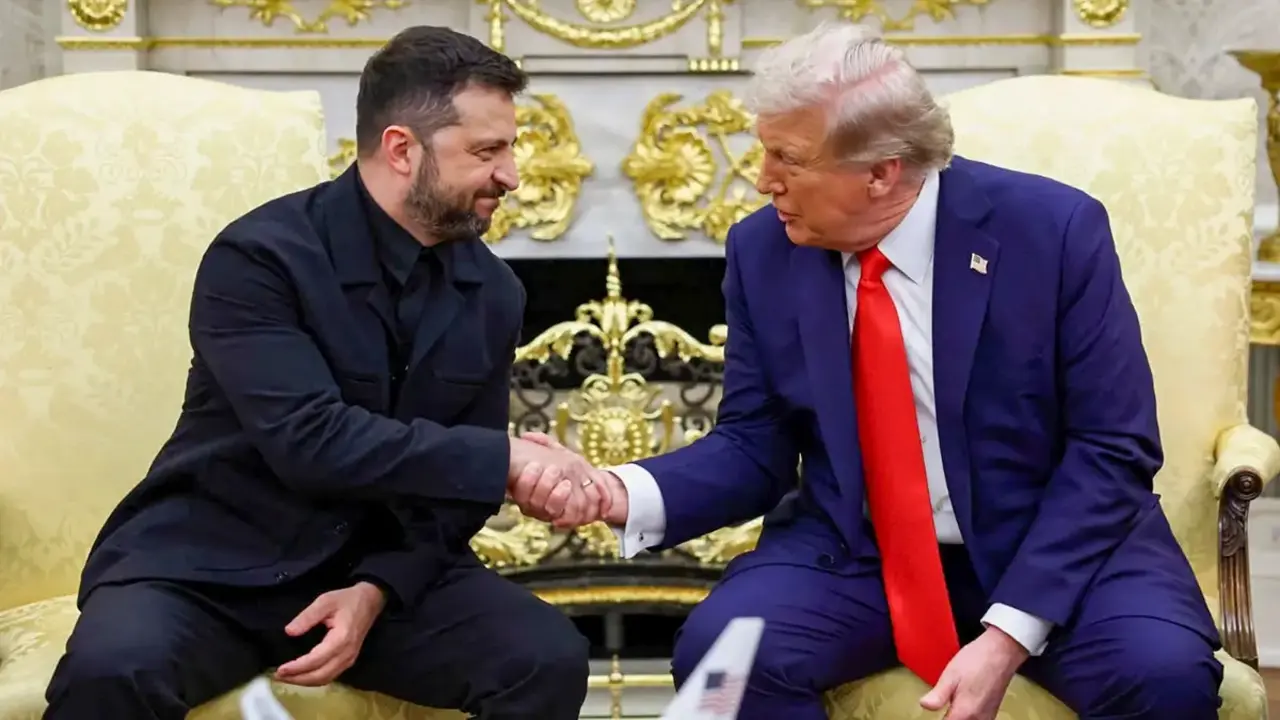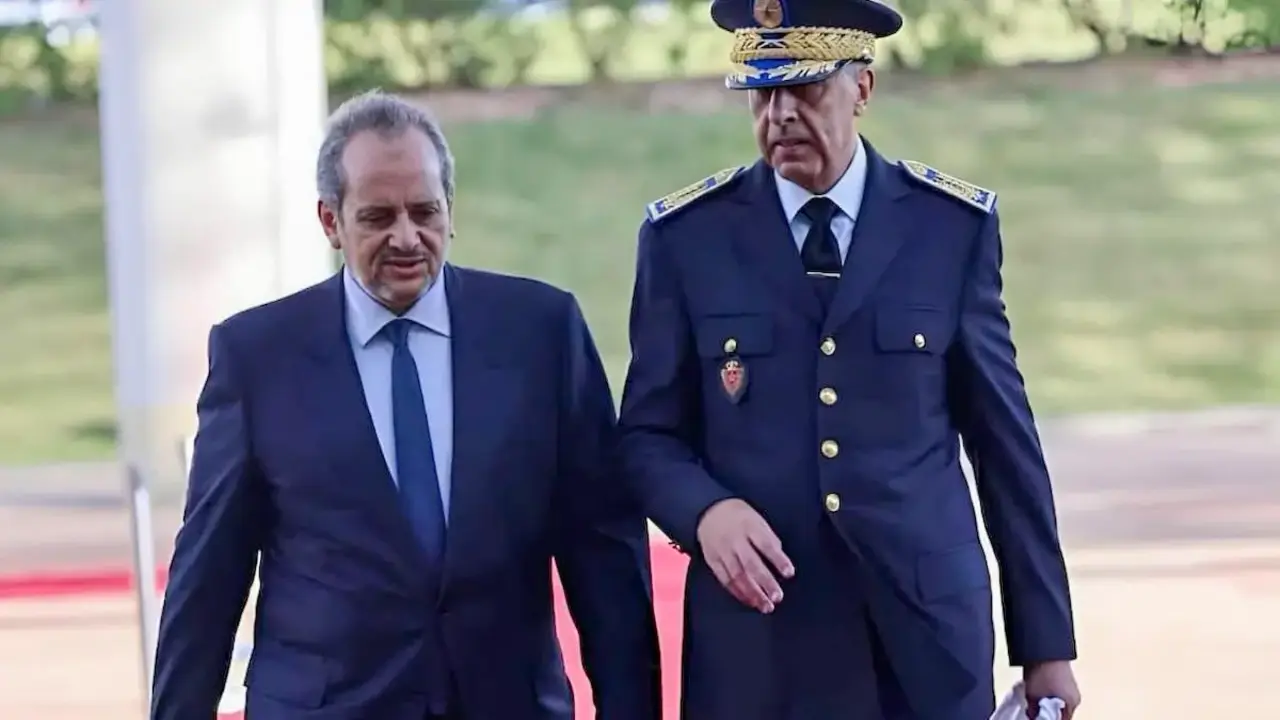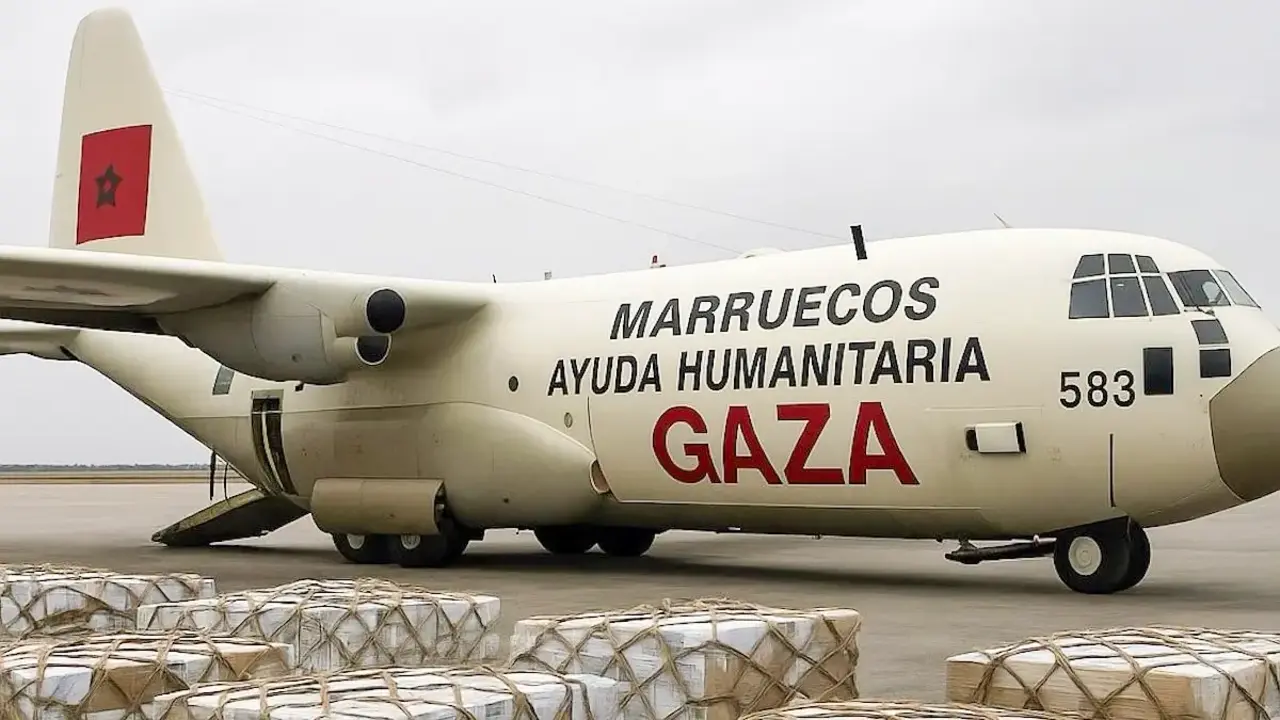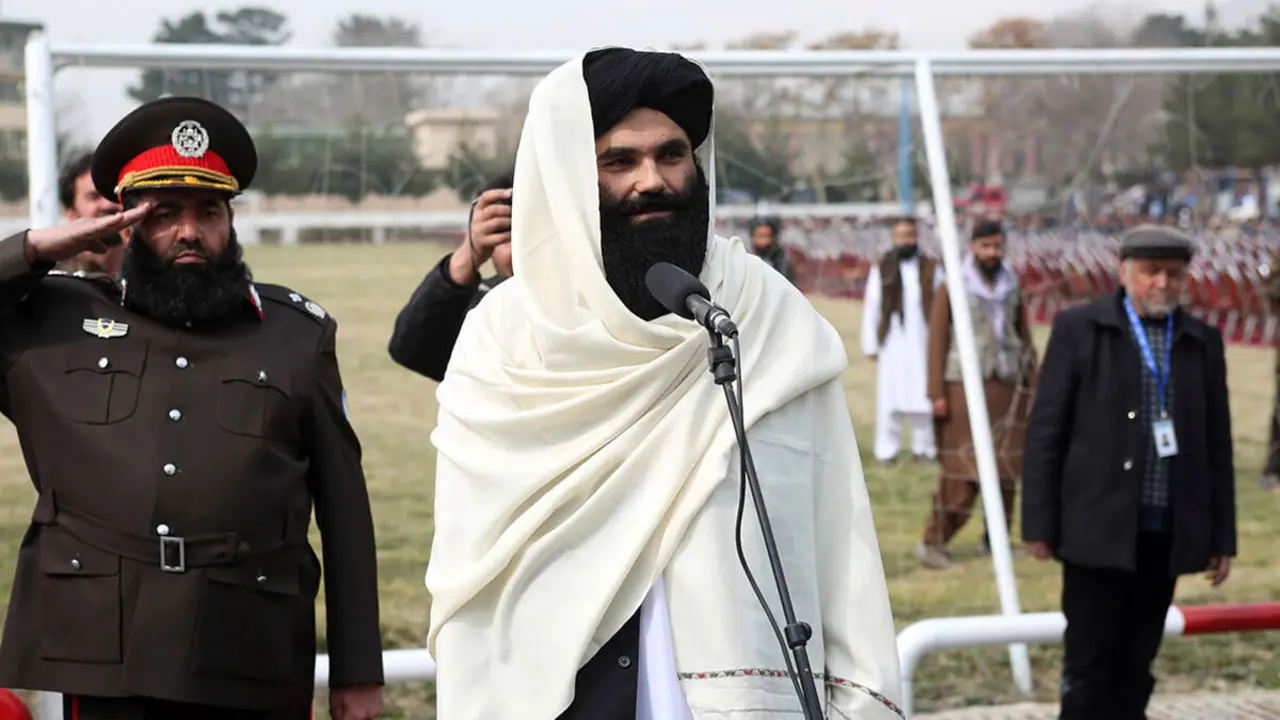U.S.-Russian friction in the Eastern Mediterranean

Another clash between Moscow and Washington, this time by air. The U.S. Navy reported in an official statement that one of its reconnaissance aircraft was “unsafely and unprofessionally” intercepted by a Russian fighter while patrolling international airspace in the Mediterranean off the Syrian coast.
The note published by the Navy reports that, in total, there were two aircraft carrying out a reconnaissance mission. These were two units belonging to the Sixth Fleet, deployed by the White House in the Mediterranean, and were of the P-8A Poseidon model. These aircraft are manufactured by Boeing and are used primarily to obtain intelligence from the air, but can also perform functions similar to those of a bomber to intercept ships or submarines.
Their mission, however, was interrupted by the appearance of two Sukhoi 35 (or Su-35, as it is usually abbreviated) fighters from the Russian aviation. They had departed from Khmeimim Air Base, located near Latakia in Syria. This is one of the most critical points under Russian control for their route to the Mediterranean.

The Navy acknowledges that one of the Russian fighters acted correctly, as it executed a safe manoeuvre that respected the integrity of the aircraft it intercepted. The other, however, did not do the same, as it undertook the manoeuvre at high speed and at a very short distance from the American aircraft. As a result, the American pilot was forced to lower his altitude to avoid a crash.
The incident was described as "irresponsible" and "unnecessary" by Washington, which regretted that the Russian pilot did not comply with internationally accepted air navigation standards. The Navy has said that such behaviour significantly increases the risk of miscalculation, which can result in collisions.
As expected, the Russian Ministry of Defence disagrees with this interpretation. According to a statement echoed by the pro-government news agency TASS, "all flights by the Russian Aerospace Forces took place and are conducted in strict accordance with international standards for the use of airspace over neutral waters". The institution headed by Sergei Shoigu also accuses US aircraft of heading towards Russian military installations on Syrian territory.

The truth is that recent events in the Mediterranean have not been isolated incidents. Over the last week, other similar events have taken place that have been undermining the relationship between Washington and the Kremlin. Last Wednesday, another Russian Su-35 fighter disrupted the flight of another P-8th aircraft belonging to the Sixth Fleet. Only one day later, several American ships that were carrying out manoeuvres in international waters of the Persian Gulf were harassed by a dozen Iranian Revolutionary Guard boats.
In addition, the Russian Armed Forces have been testing anti-satellite missile systems in recent days, which, according to General John W. Raymond, head of Space Operations for the U.S. Space Force, "provides yet another example that the threats to the U.S. and its allies are real, serious and growing". Raymond, speaking to the Middle East Monitor Online, said neither Russia nor China has any intention of reversing its military space project.

The White House Secretary of Defense, for his part, has tried to take the edge off the issue. "It's been a normal week for the Defense Department," Mark T. Esper said at a press conference a few days ago, when he was asked about what appears to be an escalation in provocations by his geopolitical adversaries.
However, the tension is slowly rising. The eastern Mediterranean, where this latest episode has taken place, is a particularly hot region. Russia also seems willing to increase its presence there in maritime waters. According to the TASS agency, the Russian fleet has ordered the corvette Orekhovo-Zuyevo, which until now patrolled the Black Sea, to join the Task Force deployed in the Mediterranean.
Moscow has gained considerable weight in the area thanks to its alliance with the regime of Bachar al-Asad. Damascus has provided Russian ships with safe access to inland sea waters through Khmeimim. The Kremlin has also carried out several operations in the Balkans - and in Montenegro to be precise - in an attempt to win political allies on the peninsula and thereby have more access points to the sea.

Neither can we forget the role of China, whose strategy of 'soft power' through the new silk route is beginning to generate growing influence in many parts of Europe, nor a regional power like Turkey. Over the last few months, Recep Tayyip Erdogan's government has undertaken an expansionist foreign policy that has generated more than a few conflicts with neighbouring countries such as Greece and Cyprus. Of particular concern is the situation in and around Libya, whose coasts are home to large gas reserves on which many outside powers have already set their sights.
The United States, meanwhile, continues to maintain a more stable power in the entire western Mediterranean area, where it has allies such as Spain, Italy and Morocco. However, it remains to be seen how its rivalry with Russia will develop in the area further east.








